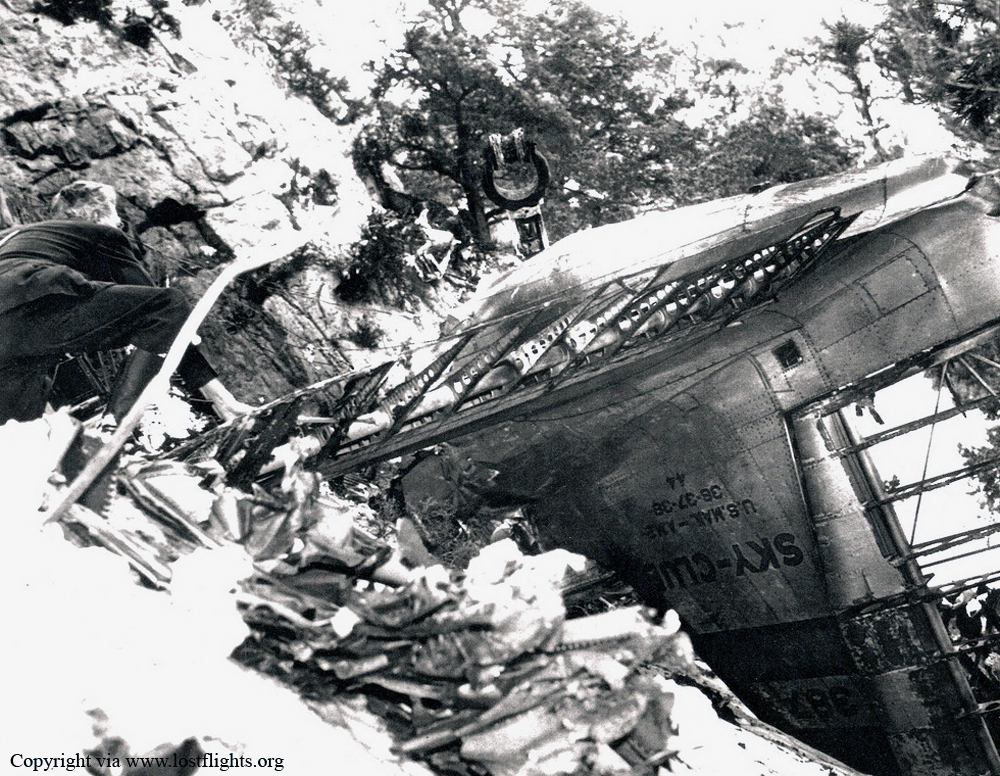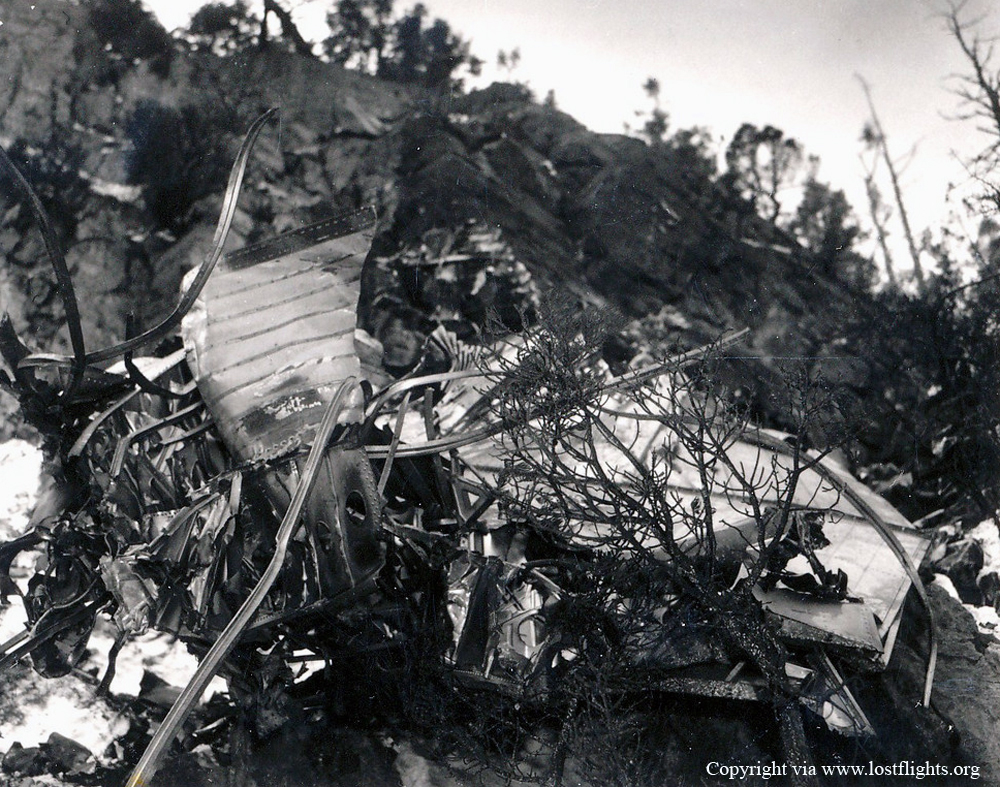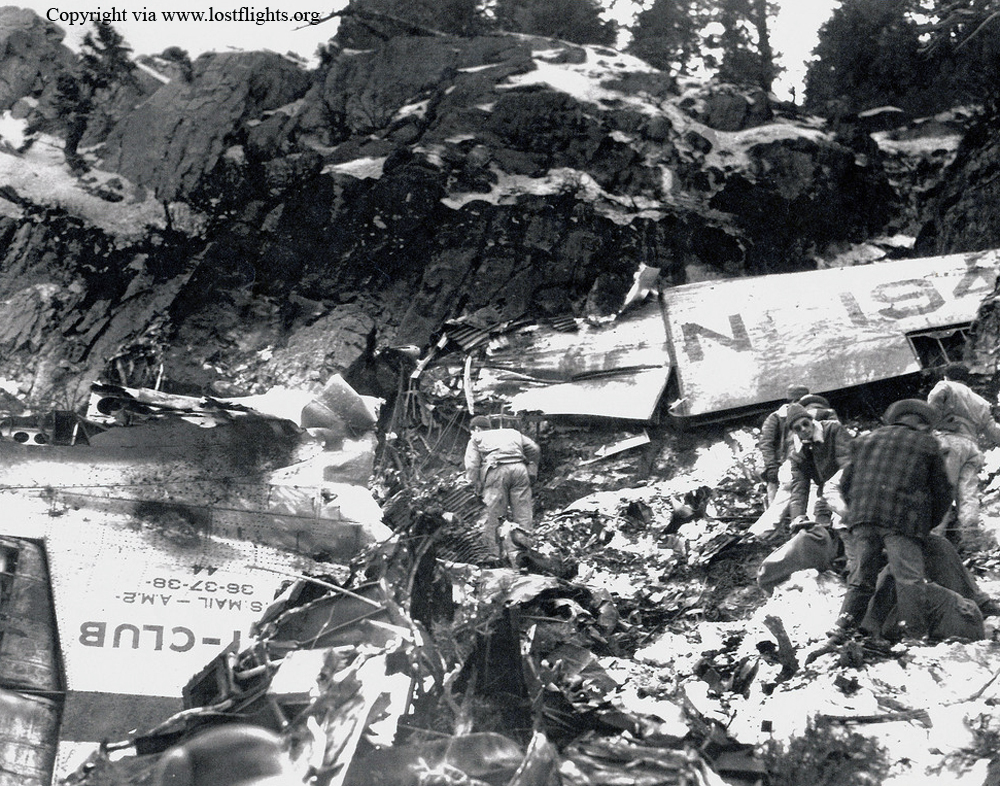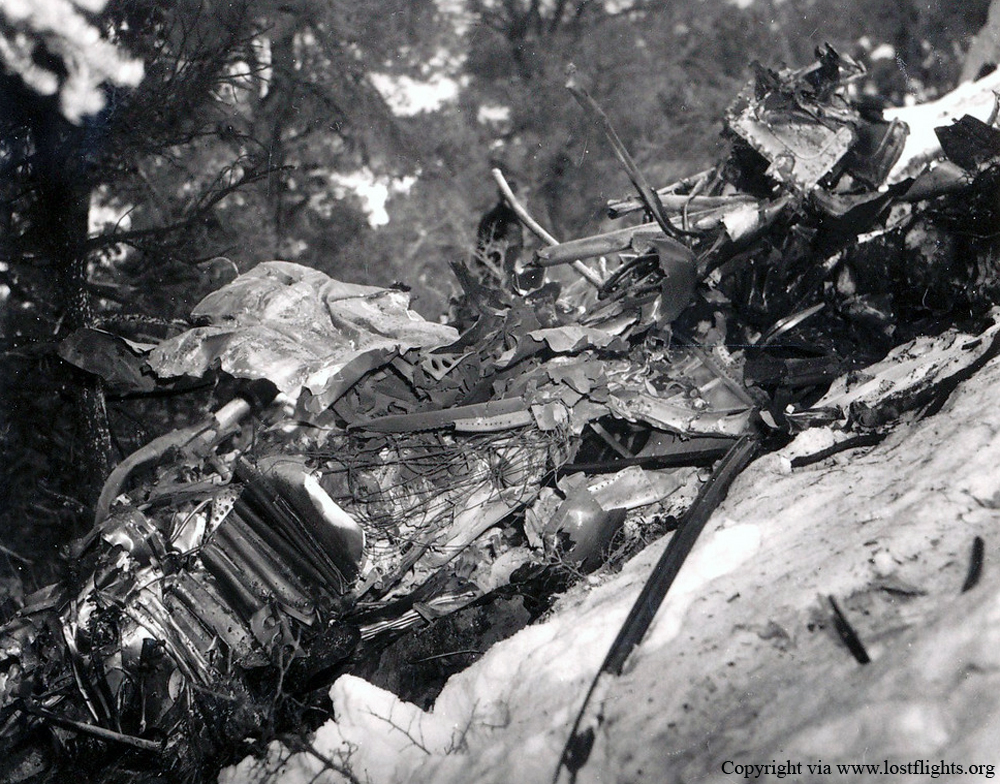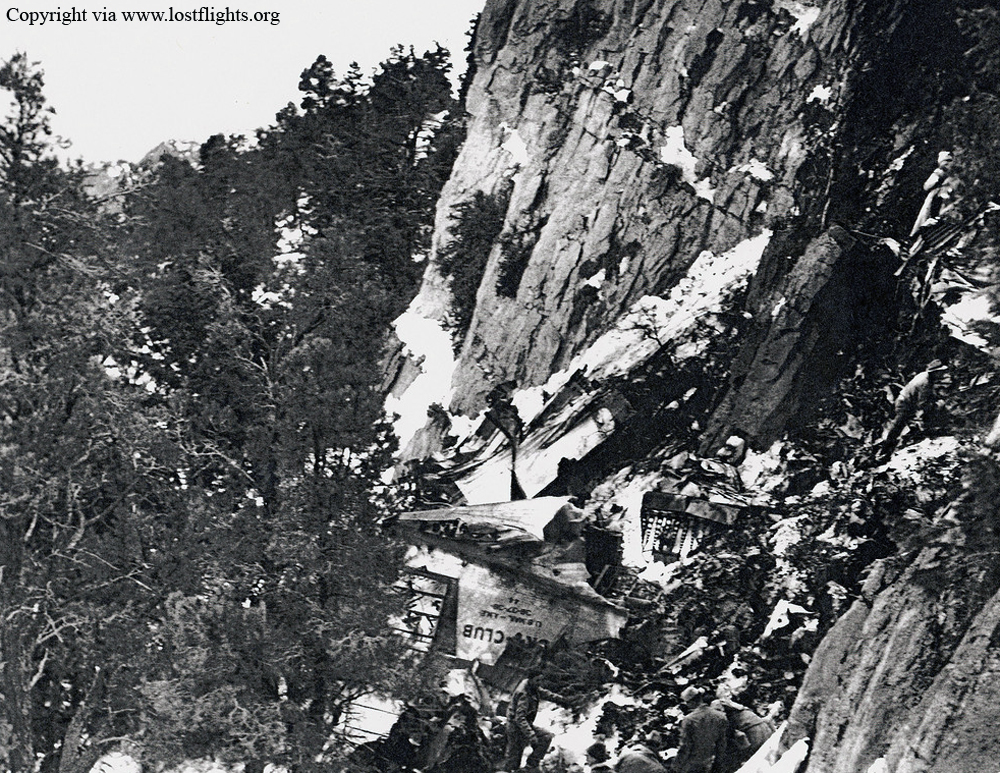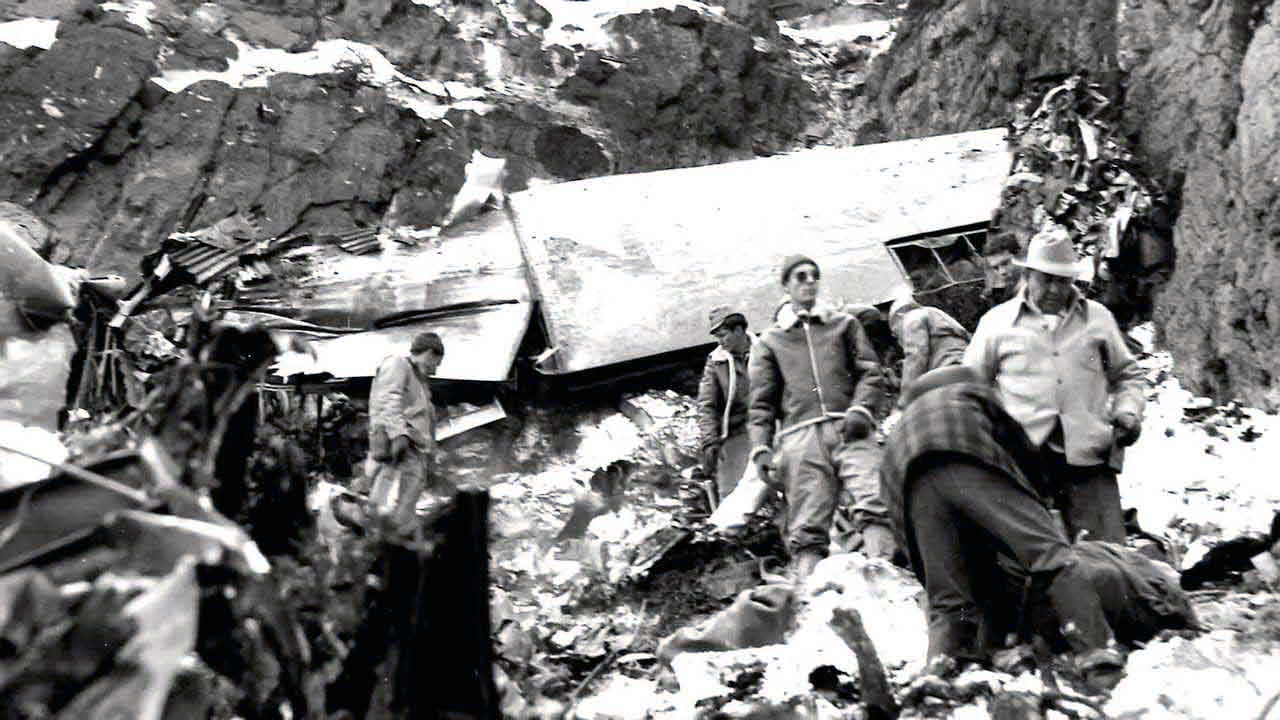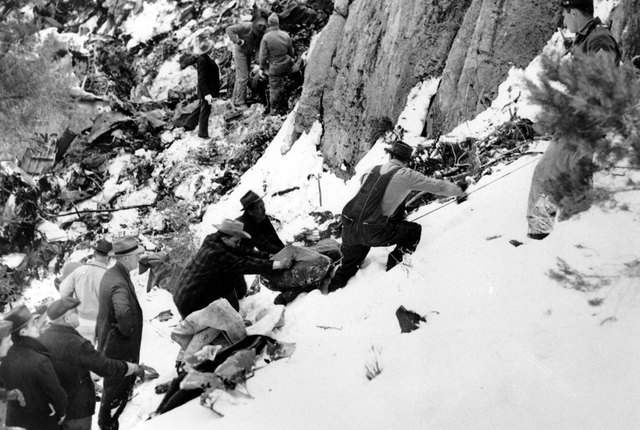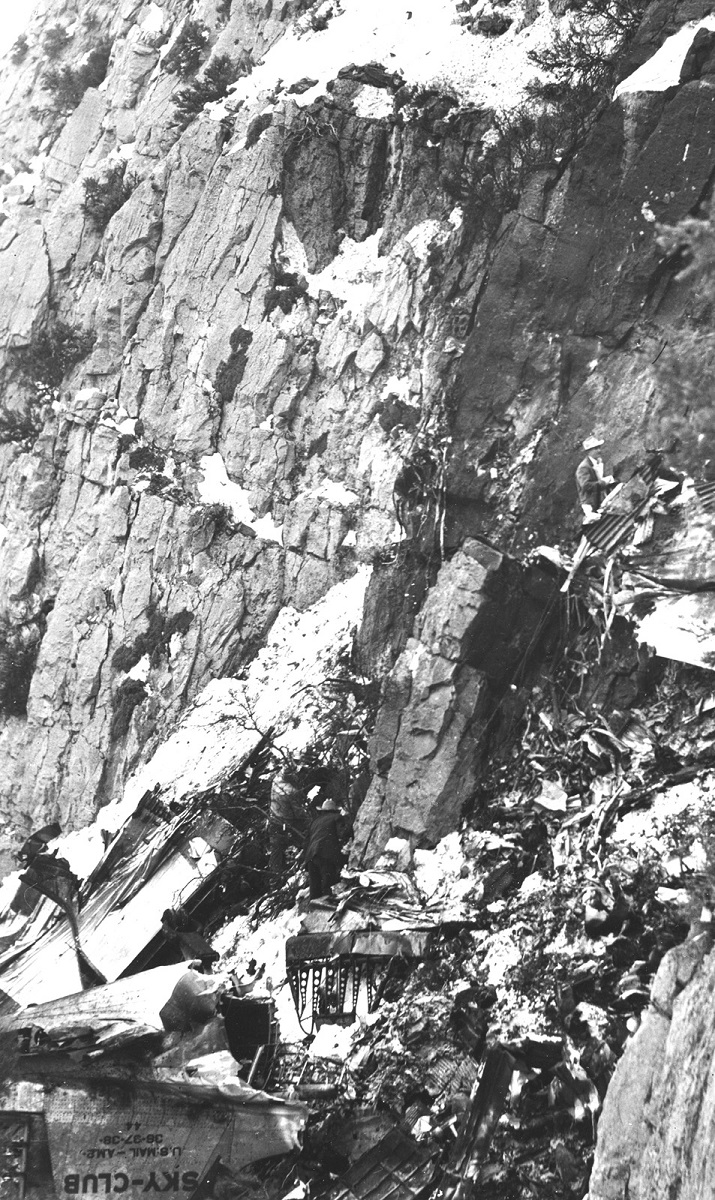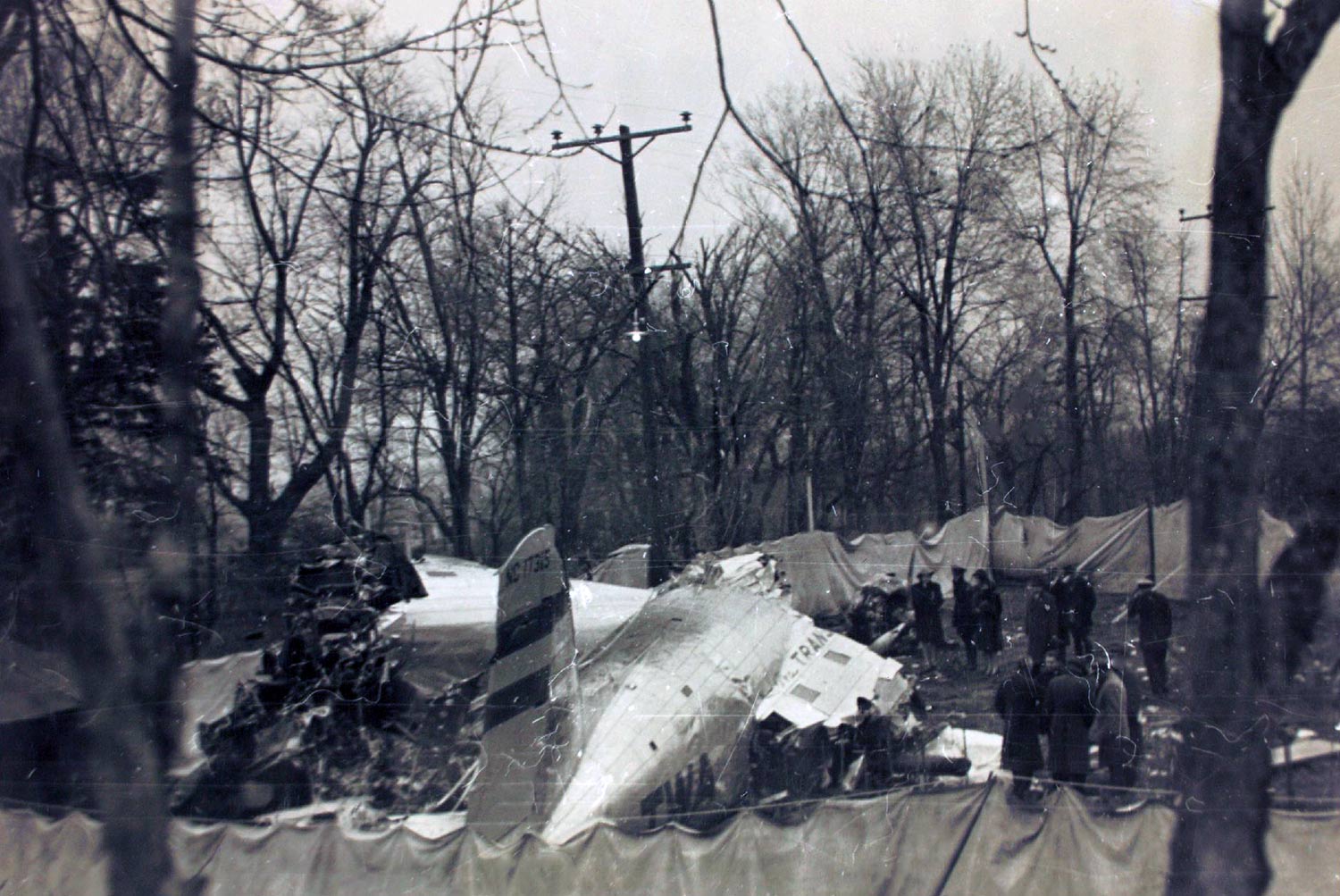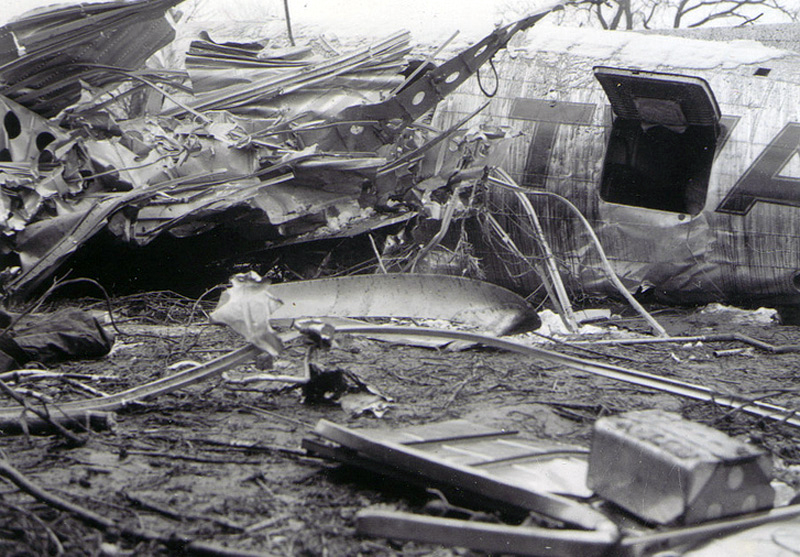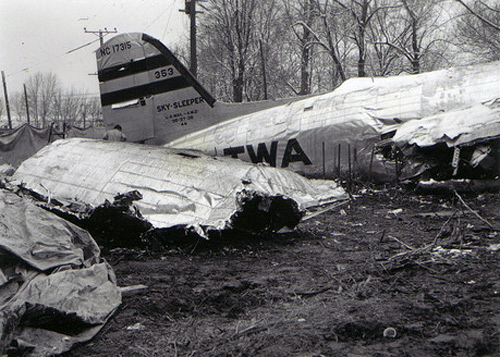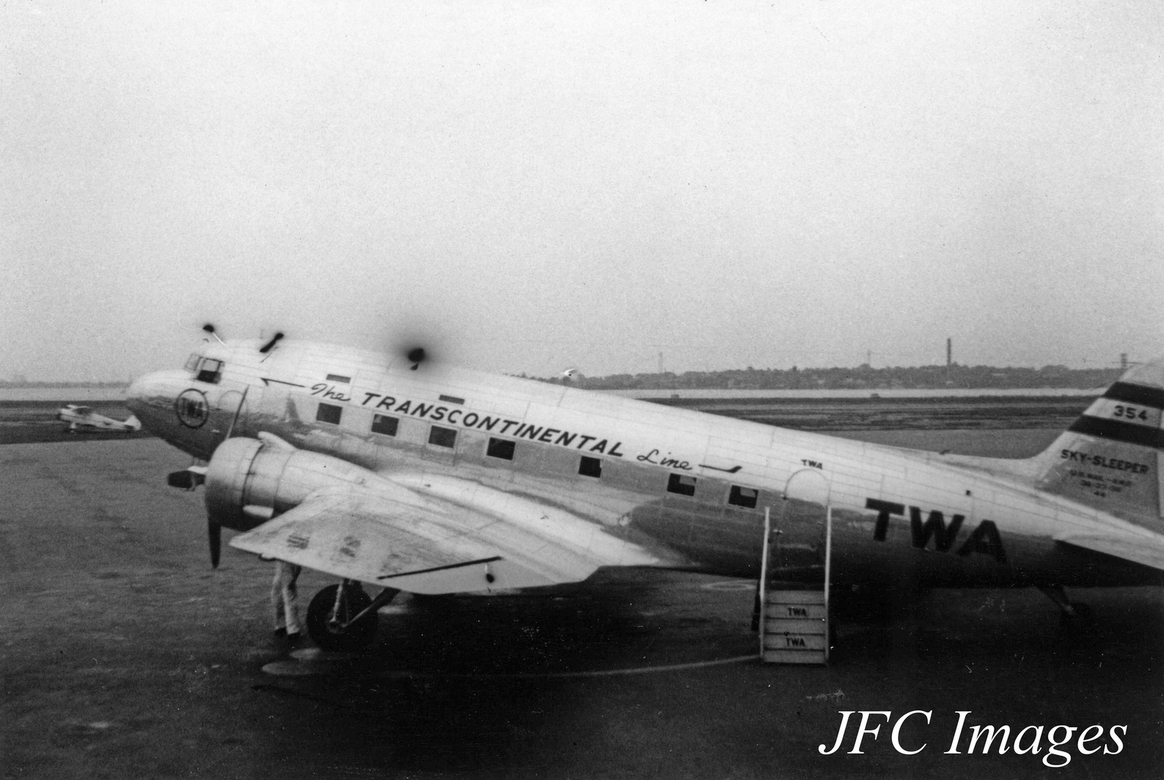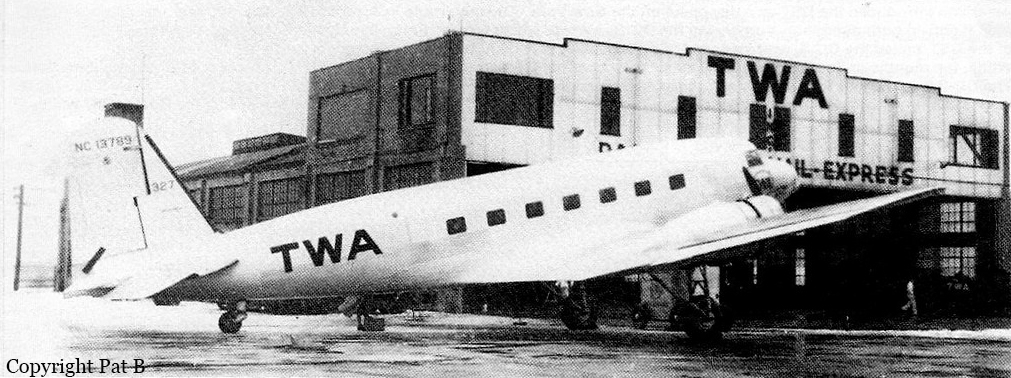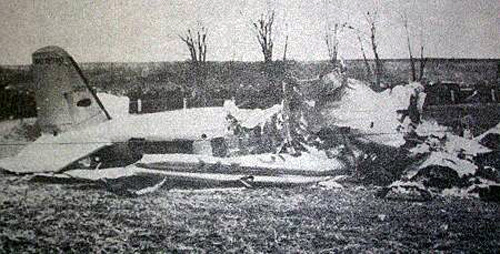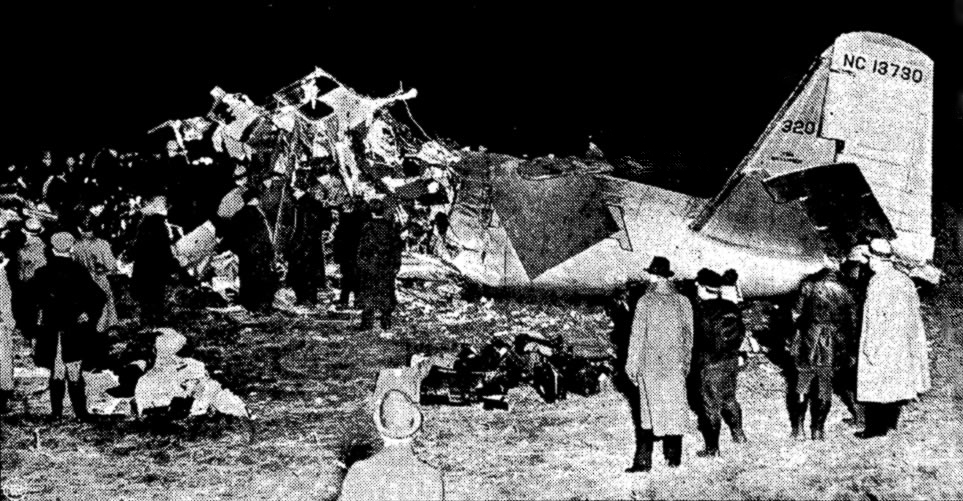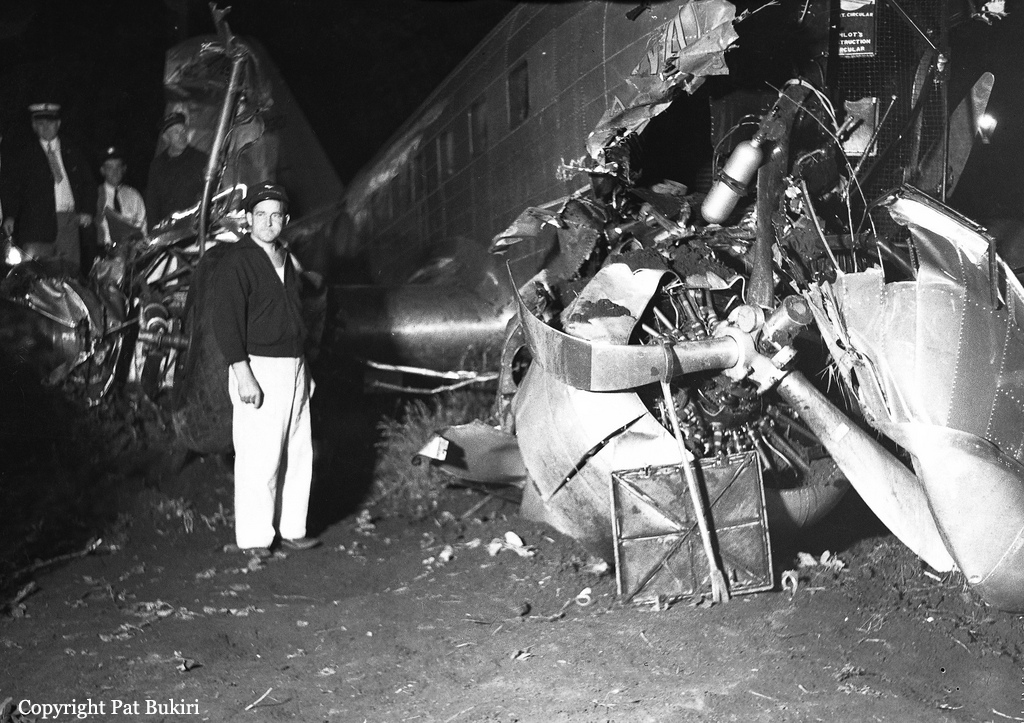Crash of a Douglas DC-3-209 in Burbank: 8 killed
Date & Time:
Dec 1, 1944 at 0258 LT
Registration:
NC17322
Survivors:
Yes
Schedule:
San Francisco – Burbank – New York
MSN:
1968
YOM:
1937
Flight number:
TW018
Crew on board:
3
Crew fatalities:
Pax on board:
20
Pax fatalities:
Other fatalities:
Total fatalities:
8
Captain / Total hours on type:
4315.00
Copilot / Total hours on type:
136
Aircraft flight hours:
22180
Circumstances:
The flight was cleared to Burbank Airport for a standard instrument approach. During the approach the plane descended under instrument conditions to such a low altitude as to clip the tree tops and strike a power line pole and then crash at a point approximately 6 1/2 miles short of the Burbank Airport. In a normal approach the plane would have flown over this point at an altitude of about 1650 feet above the ground. The specific reasons for the plane's descent below the minimums for instrument approach were not determinable, nor was it possible to tell whether the deviation was a voluntary one. Investigation did reveal, however, that a number of divisions were made from the company's standard Civil Aeronautics Administration approved procedures during this flight. Both pilots and six passengers were killed.
Crew:
John Pollard Snowden, pilot, †
Thomas Leo Bamberger, copilot, †
Donna Elizabeth Marr, hostess.
Crew:
John Pollard Snowden, pilot, †
Thomas Leo Bamberger, copilot, †
Donna Elizabeth Marr, hostess.
Probable cause:
On the basis of the evidence available the Board finds that the probable cause of this accident was the pilot's deviation from the standard instrument approach procedure then he descended below the established safe minimum altitude. A contributing factor was the company's failure to enforce adherence to company procedures.
Final Report:



